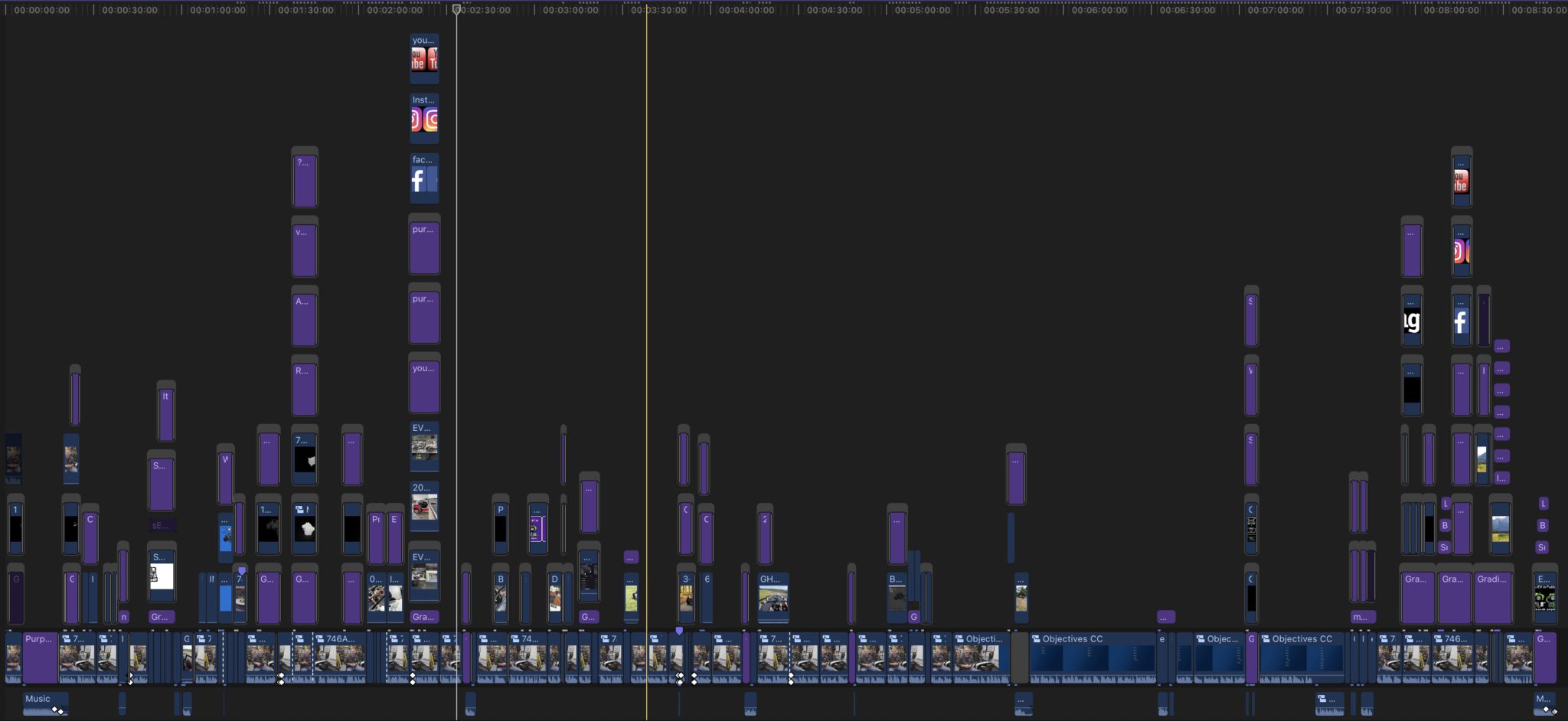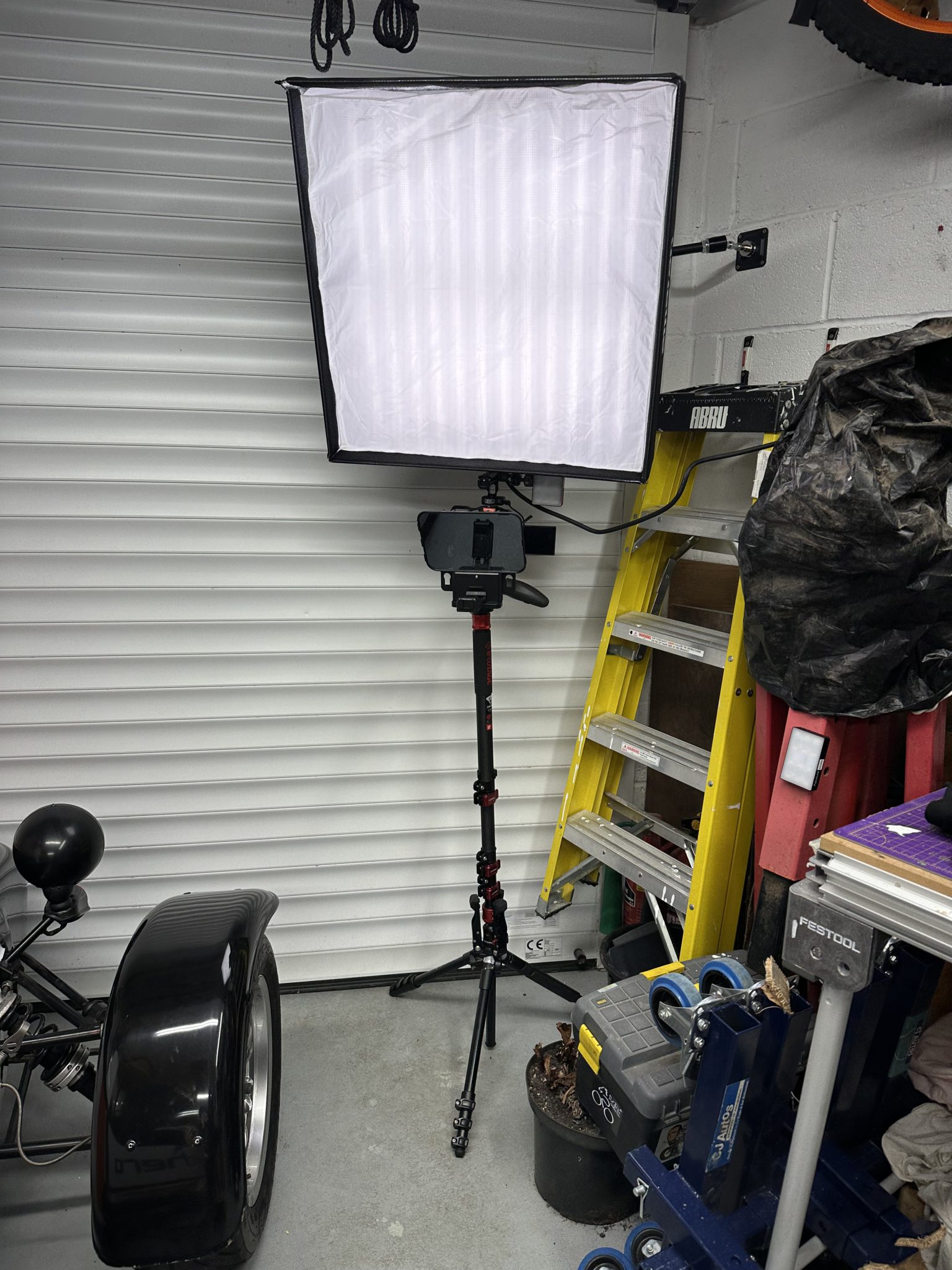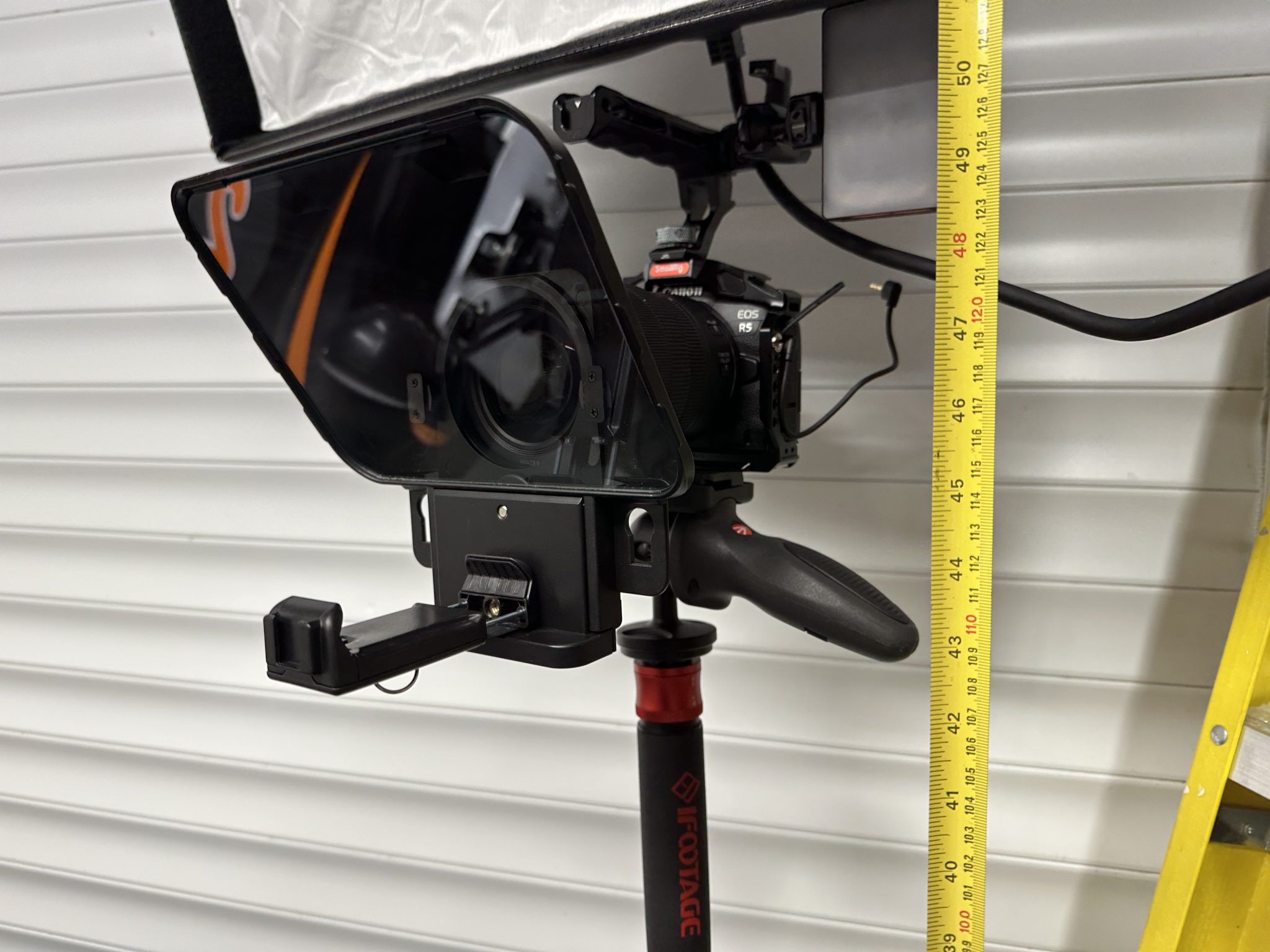While I’ve been writing articles for the Caterham and Lost Seven Club’s Lowflying magazine, and doing a few Instagram and Facebook posts, I’ve not got around to creating the kick-off video for the Electric Seven Conversion project for Youtube, until now.
I’m not really expecting this video to set the world alight, but it’s necessary to get this video out to set the scene for any following videos. This one took about 3 weeks to get out of the door, plus all the background work to create all the 3D renders etc.
Here’s the video:
Hopefully the video stands up for itself on where I’m coming from and going to with the project. Perhaps the one thing missing in the video is a sense of timescale, which I’ll cover in another video. But for the moment I hope it will take 6 – 8 months, if I’m given a clear run at things. But other household and club projects will probably get in the way here so perhaps it’ll take longer.
I’m also going for the aphorism: Don’t get it right, get it running. The first iteration of this project will be just to get something on the road and running. It won’t be polished, and so will be the platform from which to build. By doing it this way I hope to learn about the 80% of all the issues without spending endless time and energy getting a fully polished solution – that would probably have some sort of compromise that invalidates a lot of that polish anyway.
Time will tell if that’s the right solution or not I guess.
TLDR – The Video
The video was edited in Final Cut Pro with a few home-grown Motion templates for things like the intro animations.

As you can probably tell, I used a tele-prompter to get through a script I’d written. I find that with the sort of technical content I like to do, that having a script means I don’t forget anything that I thought would be important.
I used the PromptSmart for this project. It has a really cool speech recognition system that allows you to talk at whatever speed you want and the prompter just keeps up. I’ve tried it in the past and it worked “ok” but I don’t know if they’ve updated it since I last used it or whether I’ve got my setup more dialled in, but it worked really well – only missing my speech on a couple of occasions through a recording session.
To grab the talking heads shots I needed two takes, with a lot of restarts during each take. Those two takes were then interleaved in Final Cut Pro to get the edit somewhere near passable.
Other Tech I Used
Blender (v3.5.1) for a lot of the 3D animations. The model I used for the car in Blender was a Caterham CSR model I downloaded. It’s been fairly heavily modified to get me something that’s representative of the car I’ll be using, but it gave a great insight into the packaging issues I’ll face. Most of the EV components have also been downloaded from manufacturers websites and modified so they work in Blender – that usually entails importing an STL into Fusion 360 and then exporting an .obj into Blender. Then I play around with the textures to get something that will render coloured. Ultimately, the idea is to 3D scan the project car and to use that in Fusion 360 to do my final space planning.
Another quick note about the blender clips. Some of those orbiting clips took between 6 and 8 hours to render out. They are 4k clips and rendered on a multi-Mac farm using the Flamenco render farm from the Blender Institute – awesome project! My farm contained a 2021 MBP M1 Max, 2019 iMac i9 and a 2018 i7 MBP. All with lots of memory and on a fast local ethernet. The farm wrote to a Synology NAS set up as a Mac share.
Here’s my filming setup in the garage:


The tele-prompter hardware is a DesView3. I like this one (I’ve tried a few) mainly because it supports lenses down to about 20mm without vignetting. With a 4k recording and a wide angle then I’ve got a lot of options to punch in and re-arrange the video with just one take – no need for multi-cam recording.
One of the mistakes I made in this filming was not to use a colour chart… and to over expose me with the LED key light you see above. It made colour grading tricky and why I look so red in the final video. Hey-ho, I’ll do better next time.
Audio was done using a DJI mic setup into the Canon R5 (recording 4k, HQ in C-log3). The DJI mics are great.
That’s about all for the TLDR for the moment.




Leave a Comment